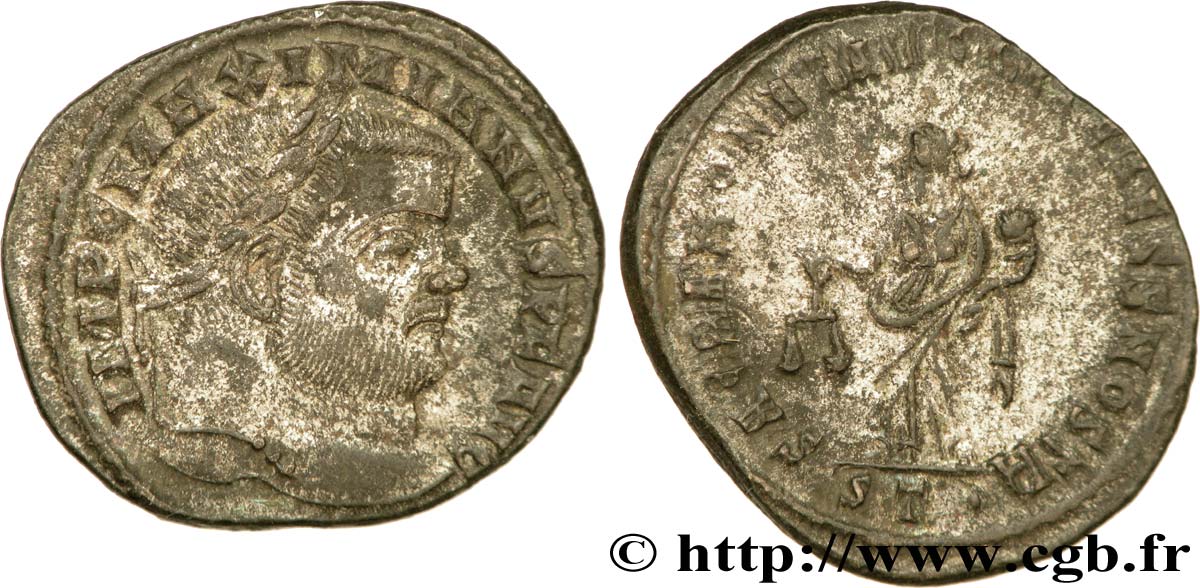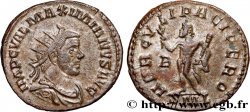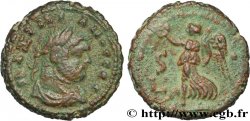brm_276512 - MAXIMIANUS HERCULIUS Follis ou nummus
90.00 €(Approx. 99.00$ | 77.40£)
Quantity
Add to your cart

Type : Follis ou nummus
Date: 300-303
Mint name / Town : Ticinum
Metal : copper
Diameter : 27 mm
Orientation dies : 6 h.
Weight : 10,11 g.
Officine: 1re
Coments on the condition:
Exemplaire sur un flan ovale, bien centré avec l’intégralité des grènetis visibles. Usure régulière. Légende tréflée au revers. Patine grise
Obverse
Obverse legend : IMP C MAXIMIANVS P F AVG.
Obverse description : Tête laurée de Maximien Hercule à droite (O*).
Obverse translation : “Imperator Cæsar Maximianus Pius Felix Augustus”, (L’empereur césar Maximien pieux heureux auguste).
Reverse
Reverse legend : SACRA MONET AVGG ET CASS NOSTR/ -|-// ST..
Reverse description : Moneta (la Monnaie) drapée, debout à gauche, tenant une balance de la main droite et une corne d'abondance de la main gauche.
Reverse translation : “Sacra Moneta Augustorum Et Cæsarum Nostri”, (La Monnaie sacrée de nos augustes et de nos césars) .
Commentary
Avec l’intégralité de son argenture superficielle. Rubans de type 2 aux extrémités bouletées.








 Report a mistake
Report a mistake Print the page
Print the page Share my selection
Share my selection Ask a question
Ask a question Consign / sell
Consign / sell
 Full data
Full data









